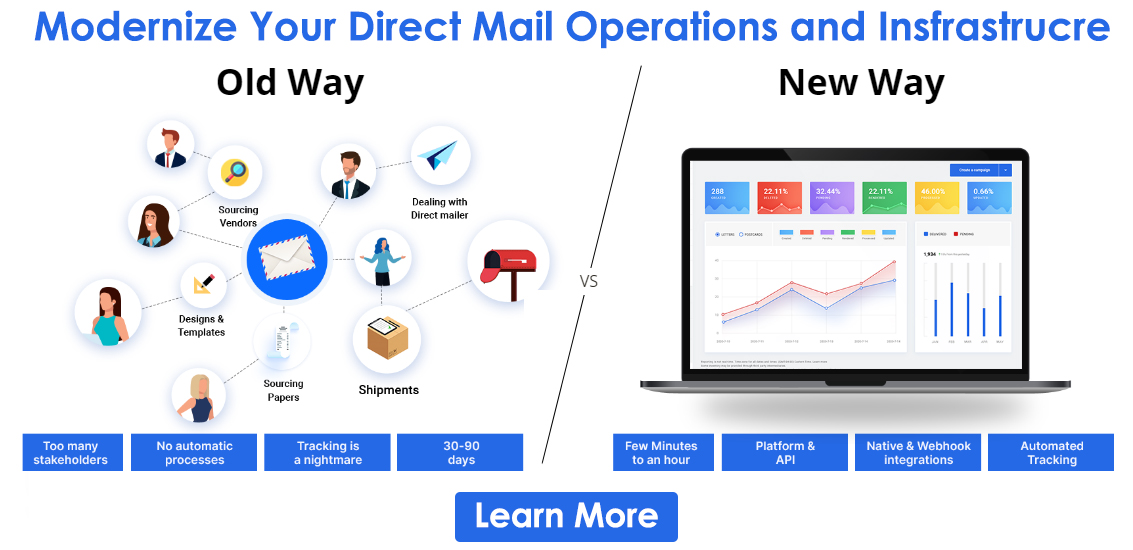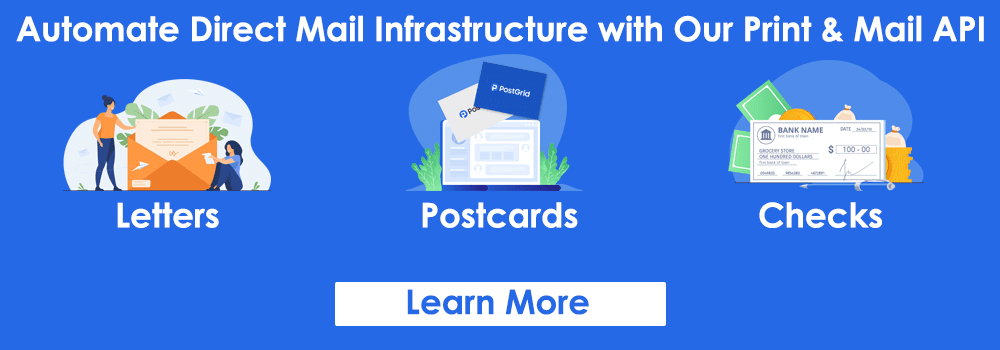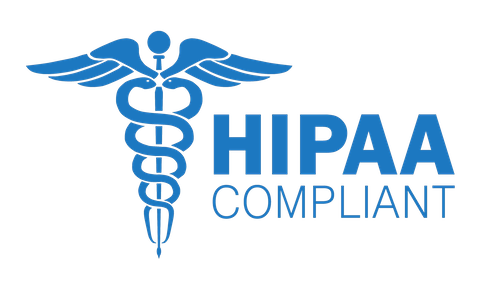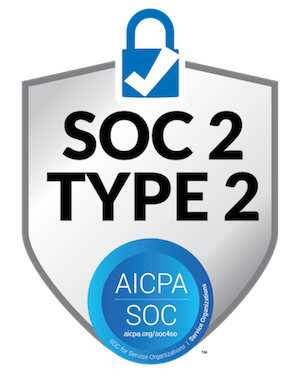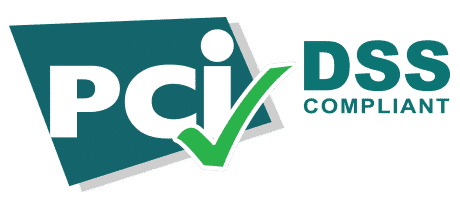
eCheck Vs ACH Payment Process: Which Is the Right Choice for Your Business?
Electronic fund transfers have become the norm for businesses looking to speed up their payment process and improve operational efficiency. Two of these prominent methods are electronic checks (eChecks) and Automated Clearing House (ACH) transfers. While they are both convenient alternatives to traditional checks, many businesses are left wondering, Is eCheck the same as ACH? Despite using the common ACH network, they are very different.
If you are looking for visibility, enhanced security, and faster processing, we recommend going with eChecks. In this blog, you will learn about eCheck vs ACH and know why we are recommending the electronic version of a paper check.
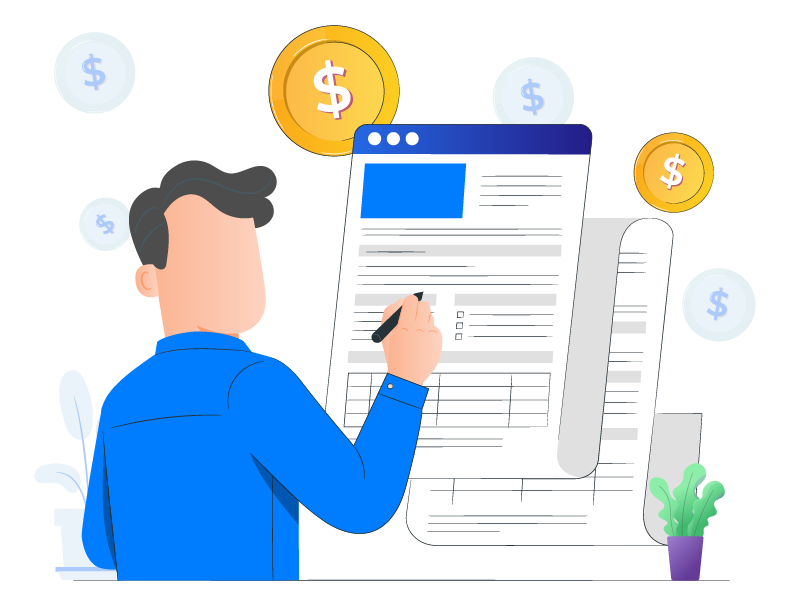
Key Takeaways
- eCheck processing through a Check API offers real-time tracking and a clear audit trail. It helps manage cash flow, resolve disputes, and stay compliant with industry standards.
- Since eCheck processes transactions directly through the bank, they are faster than ACH payments, which involve intermediaries like the Electronic Payments Network.
- eChecks have low setup and maintenance costs, as well as lower transaction fees. ACH payments have high infrastructure charges, and you will have to pay additional fees for cross-bank transfers or international transactions.
How Are eChecks Safer Than ACH Transactions?
Enhanced Authentication
eCheck making platforms implement a multi-layer authentication process that ensures that only authorized people can initiate the generation process. Additionally, each document is signed digitally, which is encrypted and requires verifiable proof of authorization. Moreover, they also require the customer’s bank account validation and secure routing information to complete the digital payment. These features make it difficult for fraudsters to manipulate the information and commit criminal activity.
ACH payments do not have these features. Any miscreant can easily transfer money if they obtain the payer’s bank account number. Additionally, this method allows automatic debits. Any fraudster can easily initiate high-volume transactions, leading to significant financial loss. According to the Association for Financial Professionals, ACH debit and credit transfers are among the most common payment methods vulnerable to fraud.
Built-In Prevention Features
When you use an API to create an eCheck, you get an encrypted communication channel, and you can enforce Multi-Factor Authentication (MFA). You can also limit the ability to pay an amount and restrict certain types of transactions. This leaves no room for fraudulent parties to commit fraud without proper verification.
In contrast, there is no such level of transaction control in the ACH payment process. Scammers just need an account number to initiate the fraudulent activity and get their hands on the money.
Payment Reversal Control
In the eCheck transaction process, if you suspect any criminal activity or you have made a mistake, you can easily stop a payment in real-time. It reduces the risk of financial loss.
However, if you use the ACH method, you can not immediately reverse it or stop it. The reversal typically takes days, and by that time, the business would have lost access to funds or would have to deal with fraudulent charges.
Read More: What Is an eCheck?
How Do eChecks Provide Better Payment Visibility and Documentation Than the ACH Payment Process?
Real-Time Tracking
Creating an eCheck with an API platform gives you a clear picture of every action. The dashboard tells you when the team issued it and when the recipient deposited it. It helps businesses make informed decisions about financial operations, such as planning for upcoming expenses or making necessary adjustments to the budget. This visibility in check processing also helps address problems like payment failure and delays promptly.
In contrast, you will find gaps in tracking an ACH payment. Its dependency on third-party clearing times makes it difficult for the business to pinpoint exactly where its money is. This lack of granular visibility impacts cash flow management. This further delays any follow-up action, such as taking corrective action in case of missing payment or rejection.
Clear Audit Trail for Compliance
Businesses in heavily regulated industries such as healthcare, financial services, and insurance have to maintain a detailed audit trail to demonstrate compliance. eChecks created using the check API include all the necessary details. You will know when the process began and when the intended recipient received the check.
Additionally, the detailed records include a digital signature, transaction ID, and timestamps. This level of transparency and traceability helps you stay compliant with HIPAA, PCI DSS, GDPR, and other relevant regulations.
ACH Payments are dependent on banks and payment processors. The documentation is often incomplete or difficult to access without relying on third-party tools. This lack of detail makes it difficult for businesses to prove compliance during inspections.
Improved Financial Reporting
The comprehensive and real-time details of each transaction help generate actual financial reports, track payment trends, and analyze historical data. It provides businesses the opportunity to optimize payment collection, align the operations, and effectively manage cash flow. Additionally, the clear, accessible records also make it easy to match records.
You cannot analyze the payment behavior in detail and generate a comprehensive report with ACH payments. Since there is a reliance on intermediaries, there is a delay in accessing vital transaction information. It can pose a challenge when you need immediate reconciliation.
What Is the Delivery Speed of eChecks vs ACH Transfers?
eChecks Have a Quick Processing Time
The processing of eCheck takes place directly through the payer’s bank. After the transaction is created and deposited, the system verifies its validity and clears the payment. Since this process bypasses intermediary networks and clearinghouses, it is completed in a day or within a few hours.
ACH Transfers Are Subject to Batch Processing Delays
ACH transactions are grouped into batches and processed during a specific time window in the day. In case the business initiates the payment outside these hours, the system will not begin processing until the next batch time. It takes an additional one to three business days to transfer funds. Similarly, payments made over the weekend or on federal holidays might experience further delays.
eChecks Allow Faster International Payments
ACH is a domestic payment service primarily used in the U.S. If you want to make international payments, you will have to route them through the network, like SWIFT or IBAN. The involvement of multiple intermediary steps further slows down the processing. eChecks, on the other hand, only depend on the two financial institutions, and they offer faster cross-border payments.
What Is the Cost Difference Between eCheck and ACH Payments?
Set Up and Maintenance Cost
eCheck Advantage
An eCheck making system integrates into an existing accounting system. Hence, there is little to no setup fee involved. After setting up the check API or logging into the web-based eCheck issuance system, businesses can start creating these documents without having to worry about long-term maintenance and upgrades for the complex setup. It reduces the company’s overall long-term costs.
ACH Payments Limitation
Typically, third-party providers process payments under this method. They charge a high initial setup fee to integrate with the ACH network and use their services. It can range anywhere from 50 to several hundred dollars. Additionally, even if you do not process any payments, a monthly maintenance fee ranging between $10 and $50 applies. It can put a huge dent in your budget, especially if you are a small business with low-volume transactions.
Transaction Fees
eCheck Advantage
You will have to pay as low as $0.30 to $1.50 per transaction for domestic transactions. If you are sending an eCheck abroad, the fee depends on the destination. However, you don’t have to pay any foreign exchange fee since the processing happens through the payer’s and payee’s banks. You don’t have to pay for currency exchange services.
ACH Payments Limitation
Since this involves a third-party provider and intermediary, the transaction fee goes as high as $3 per piece. If the process takes place between two different banks, you will have to pay a cross-bank transfer fee as well. For businesses that send significant funds from one bank to another, this can result in hundreds of thousands of dollars in annual fees.
Cross-border ACH transfers involve multiple bank intermediaries, such as SWIFT, and they charge currency conversion charges. You may also have to pay foreign transaction charges, which can range anywhere between five and ten dollars per transaction.
Failed Payment Fees
eCheck Advantage
The real-time processing gives businesses the time to promptly identify and resolve any issue that might escalate to a failure. It reduces the possibility of incurring failed payment fees.
ACH Payments Limitation
When an ACH payment fails, businesses have to pay anywhere between $20 and $50 per transaction. Additionally, the chargeback process for this payment method is slow. It also increases administrative costs.
Do eChecks Integrate More Easily Into Modern Accounting Systems Compared to ACH Transfers?
Direct Integration With Accounting Software
eCheck-making platforms, such as PostGrid Check API, offer direct integration with leading accounting software, including QuickBooks. After the solution generates the document, the payment information, such as bank account number, payee name, and amount, is automatically logged into the software. It reduces the need for manual data entry and importing files. It facilitates easy reconciliation, saving time and reducing errors.
In the ACH payment process, the intermediaries do not offer quick and easy integration. Businesses have to spend time configuring and customizing software. They have to manually download the data from the ACH provider in CSV or Excel. Converting these files and importing them into the accounting system leaves a huge room for manual errors.
Real-Time Speed of Integration
eCheck creation solutions offer real-time integration. The data associated with the transaction, including bank account information and amount, is immediately available. It helps in account reconciliation, reporting, and cash flow tracking.
ACH credits happen in batches. This method creates a significant delay between the initiation of payment and when the details become available for integration. Businesses have to wait for the ACH file processing, and then they have to upload the details manually. It adds several days to matching the details.
Customization
eCheck making providers offer customizable APIs that businesses can configure to meet their specific requirements. You can create a workflow for invoicing, batch generation, or a tailored schedule for recurring payments.
ACH processing is subject to the rigid standards of the ACH networks. The business will have to use third-party software to bridge the gap between the provider and its accounting system. Additionally, these networks do not allow for flexible customization, unlike eChecks. It can lead to challenges for businesses with unique workflows.
Why Are eChecks More Familiar and Trusted by Vendors and Clients Than ACH Payment Processes?
eChecks making platform mirrors the traditional paper check issuance method. When you initiate an electronic payment through this method, the payer authorizes it the same way as they would endorse a physical check. Banks follow the same verification process of cross-checking the bank routing number, account number, payment amount, etc.
The familiarity offers a sense of continuity and security to clients and vendors who know their way around the check-based system. Since the transaction details are easily accessible and verifiable, this creates confidence that the transaction is legitimate.
On the other hand, ACH payments involve a more technical process and do not follow the traditional paper check processing method. Clients and vendors find it hard to trust this system. Additionally, knowing that there are lots of intermediary steps and zero visibility for the end user, the uncertainty about the security of this solution increases.
Can eChecks Reduce Operational Complexity Compared to the ACH Payment Method?
It is the difference in infrastructure between the ACH and eChecks that impacts operational complexity. eCheck processing is done directly from bank to bank or through an integrated online platform. The fewer moving parts in this process lead to a simple workflow for managing payments.
ACH payments processing requires the involvement of third-party service providers. The dependency on an external system leads to integration challenges. Additionally, the batch processing must align with the provider’s schedule. The businesses have to wait for days to track and reconcile the payment. It creates delays and unnecessary bottlenecks in day-to-day operations.
Use PostGrid Check API to Make eCheck Creation Effortless and Secure
Our detailed insights should have given you a fair idea that in ACH vs eCheck, the latter is a better choice. With our Check API solution, you can automate the generation of customized eChecks. Our quick integration automatically fetches the details to populate relevant fields for both single and bulk pieces. Moreover, with our best-in-class security protocols, including end-to-end encryption and role-based access control, in place, we ensure that every piece of confidential information remains safe. To know more about how we can help, talk to our sales team today.
FAQs
What Is an eCheck Payment?
It involves using a digital version of a traditional paper check to send money electronically from one bank account to another. It works like a physical check. However, instead of writing, signing, and physically depositing, the payment is made electronically through an ACH network or directly through a bank’s system.
What Is an ACH Transaction?
It is a type of electronic fund transfer method that moves money between bank accounts through the ACH network. Financial institutions use this network to send various payments, including direct deposits and bill payments.
How Are Wire Transfers Different From eChecks and ACH Payments?
Wire transfers are used for large and urgent transactions, while ACH payments and eChecks are suitable for regular transactions such as payroll, bill payments, and vendor settlements. Additionally, you have to pay a high fee for it compared to eCheck and ACH payments.
What Are the Common Types of ACH Payments?
- ACH Credit Transfer: The payer instructs the bank to send a specific amount to the recipient.
- ACH Debit Transfer: The recipient seeks permission from the sender to start the payment. Upon approval, they take the agreed-upon funds from the payer’s bank account.
Are eChecks and Digital Checks the Same?
eChecks are used for electronic transactions, while digital checks are representations of physical checks and may follow the traditional check clearing process. Additionally, eChecks offer faster payment processing, while digital checks may involve longer clearance times and more manual handling.


